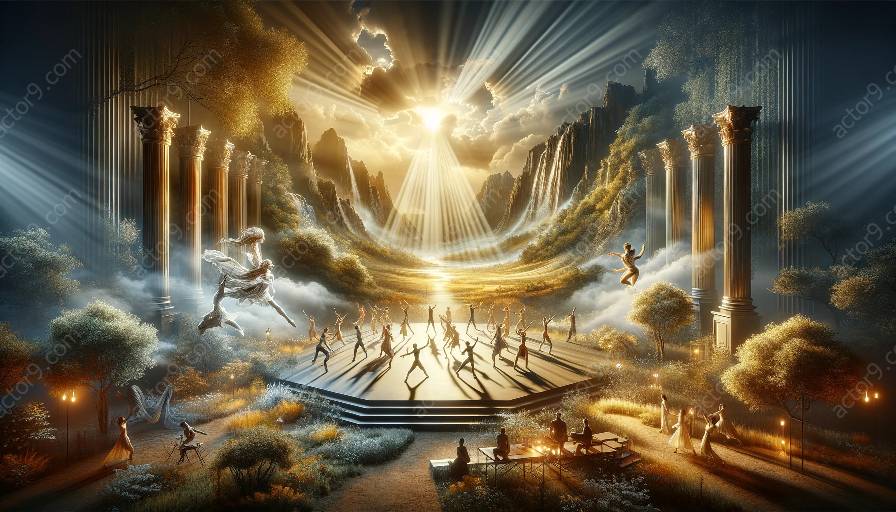Physical theatre is a dynamic and engaging art form that combines movement, expression, and storytelling in a visceral and impactful way. Lighting plays a crucial role in enhancing the visual and emotional impact of physical theatre performances, creating atmospheres, and guiding the audience's attention. When it comes to designing lighting for physical theatre, several technical considerations need to be taken into account to ensure the best possible visual experience for the audience.
The Role of Lighting in Physical Theatre
Lighting in physical theatre serves multiple functions, including setting the mood, highlighting key moments, creating illusions, and directing focus. It can evoke emotions, convey symbolism, and immerse the audience in the world of the performance. The dynamic nature of physical theatre often calls for innovative lighting designs that adapt to the ever-changing movements and scenes on stage.
Understanding Physical Theatre
Before delving into the technical considerations of lighting design, it's important to have a solid understanding of physical theatre. This art form encompasses a wide range of techniques, including mime, dance, acrobatics, and spoken word, aiming to tell stories and convey emotions through the physical body's expression. The eclectic and often unconventional nature of physical theatre presents unique challenges and opportunities for lighting designers.
Technical Considerations in Lighting Design for Physical Theatre
1. Flexibility: Physical theatre performances are known for their fluid and unpredictable nature. Lighting designs must be adaptable and flexible to accommodate abrupt changes in movement, pace, and staging. This may involve the use of advanced lighting control systems and versatile fixtures that can swiftly adjust to the performers' dynamic actions.
2. Integration with Movement: Lighting must seamlessly integrate with the performers' movements, accentuating their gestures, expressions, and choreography. Precision and synchronization are crucial to ensure that the lighting enhances the narrative and emotional impact of the performance without becoming a distraction.
3. Atmosphere and Mood: The lighting design should effectively create and transition between different atmospheres and moods to support the narrative arc of the performance. This requires careful selection of color palettes, intensity levels, and lighting effects that correspond to the evolving emotional dynamics of the narrative.
4. Spatial Composition: Physical theatre often involves unconventional use of space, with performers interacting with the environment in diverse ways. Lighting designers must consider the spatial composition and use lighting to define and transform the performance space, ensuring that every angle and corner contributes to the visual narrative.
5. Collaboration with the Creative Team: Effective communication and collaboration with directors, choreographers, set designers, and costume designers are essential for successful lighting design in physical theatre. Understanding the overall artistic vision and aligning the lighting design with other creative elements is paramount to creating a cohesive and immersive theatrical experience.
The Impact of Effective Lighting Design
When technical considerations are carefully addressed, the role of lighting in physical theatre extends far beyond mere illumination. It becomes an integral storytelling tool, enriching the narrative, eliciting emotional responses, and captivating the audience. The interplay between light and movement in physical theatre elevates the performance to a multi-sensory experience, leaving a lasting impression on spectators.
In conclusion, the technical considerations in designing lighting for physical theatre performances are fundamental to the success of the artistic endeavor. By understanding the unique demands of physical theatre, embracing innovation, and collaborating closely with the creative team, lighting designers can contribute significantly to the immersive and transformative power of physical theatre.




































